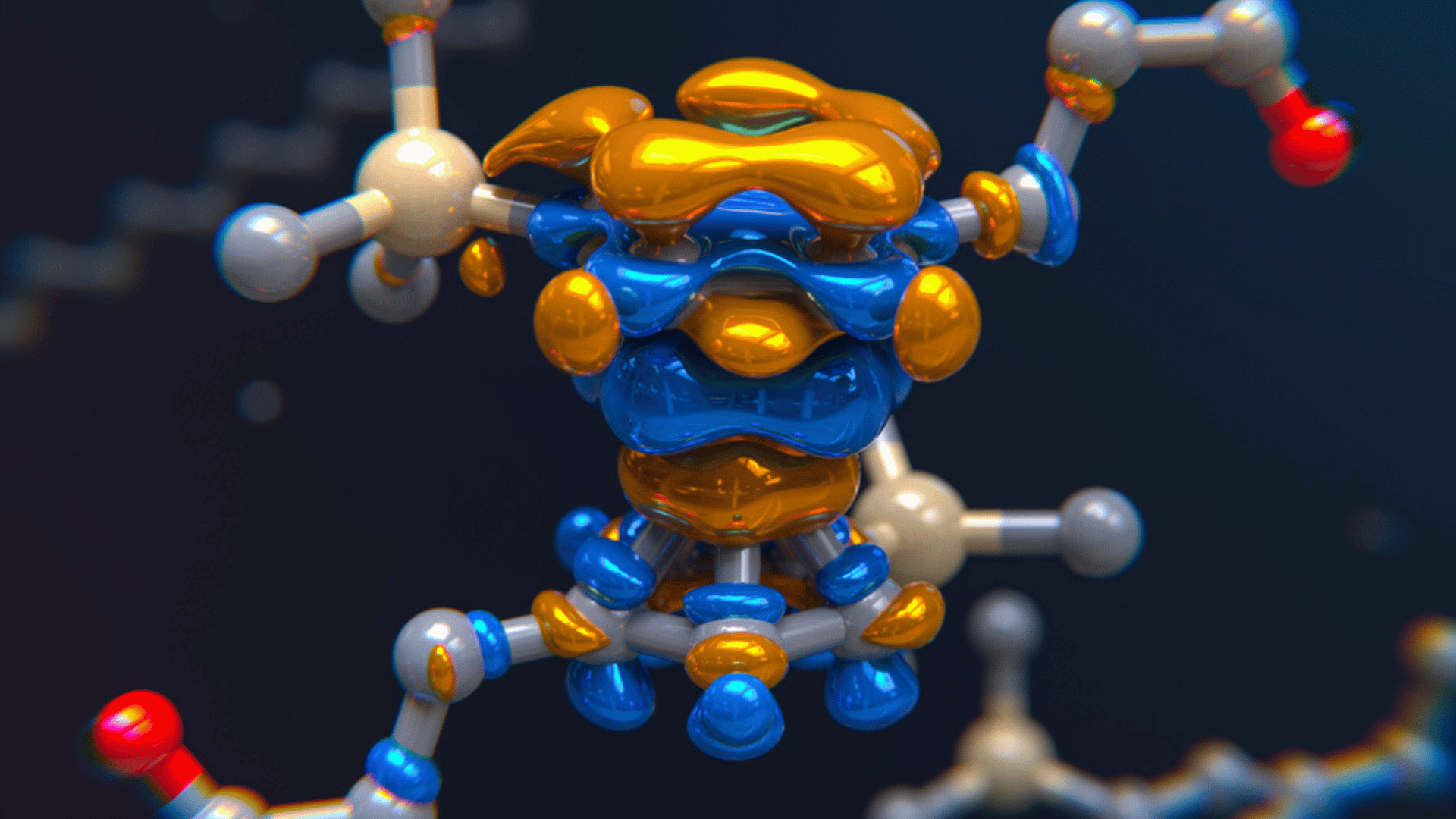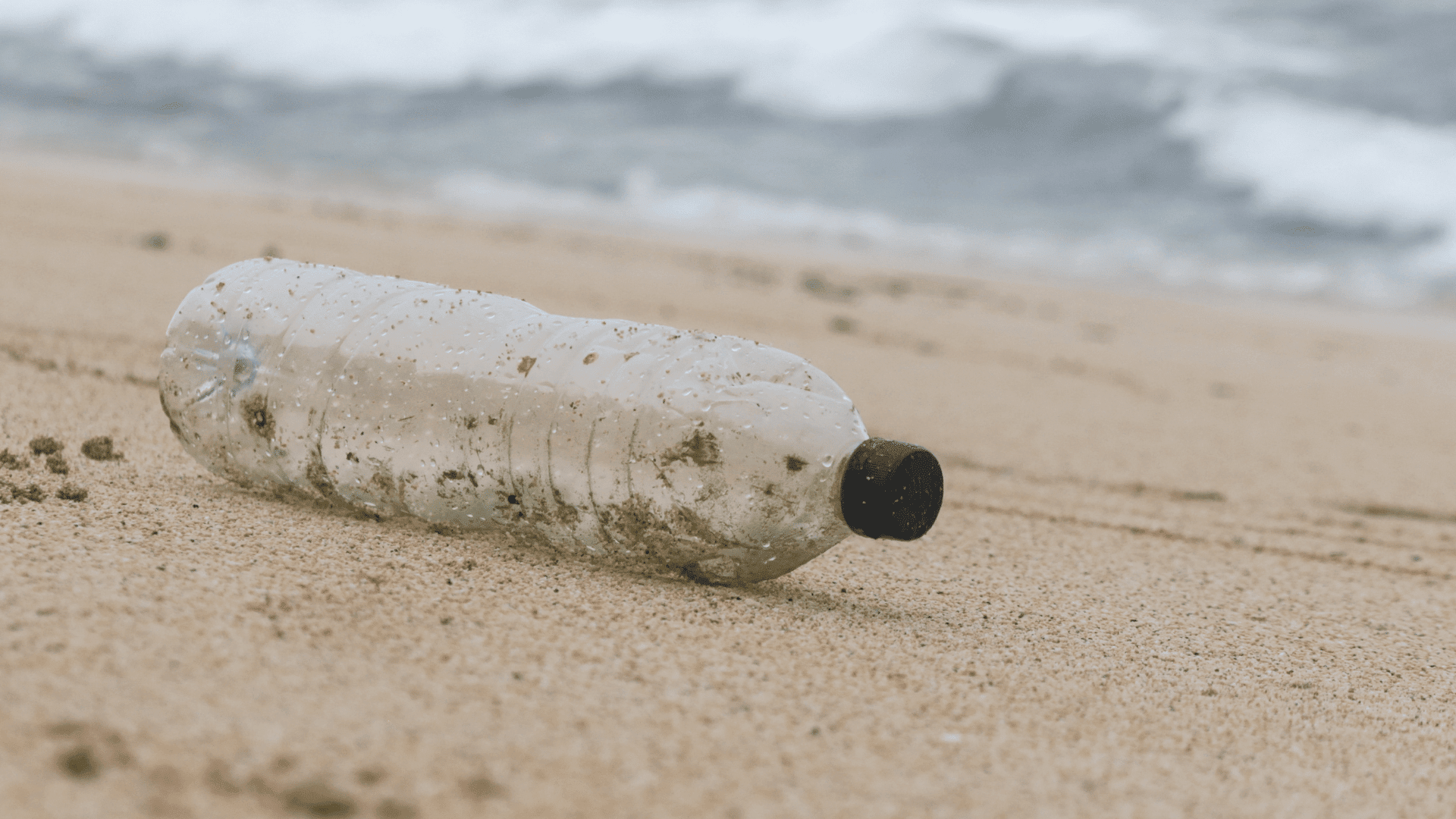Researchers from MIT and Duke University leveraged artificial intelligence and machine learning to develop stronger polymer materials. This could potentially lead to more durable plastics and reduced waste. The team developed the new strategy using machine learning.
This strategy uses special molecules called machanophores and adds them to plastics. The molecules are designed to change their properties in response to mechanical force.
Identifying Sustainable Plastic With AI

The research team’s machine-learning model identified the new cross-linker molecules that allow plastics to withstand more force before tearing. These crosslinkers are in a class of molecules known as ferrocenes or compounds containing iron. Before the new development, their potential had not been widely explored. Researchers say the AI model dramatically sped up the discovery process. For example, evaluating a single mechanophore experimentally could take weeks.
“These molecules can be useful for making polymers that would be stronger in response to force,” said Heather Kulik, a professor of chemical engineering at MIT. “You apply some stress to them, and rather than cracking or breaking, you instead see something that has higher resilience.”
Their study builds on previous research that incorporates weak crosslinkers into a polymer network. That previous study found that the integration makes the material stronger. The new research applied this insight to identify “promising ferrocenes.”
Researchers say the machine learning model was trained on data from about 400 ferrocene compounds. Then, the model predicted the force needed to activate other compounds. This led them to discover two key features that enhance a plastic’s tear resistance. One feature was a surprise discovery for chemists. According to the researchers, chemists were shocked when they realized the presence of bulky molecules attached to the ferrocene rings.
They successfully synthesized a polymer using a promising new crosslinker, resulting in four times tougher plastic than standard polymers. “That really has big implications because if we think of all the plastics that we use and all the plastic waste accumulation, if you make materials tougher, that means their lifetime will be longer,” said MIT postdoc Ilia Kevlishvili.







